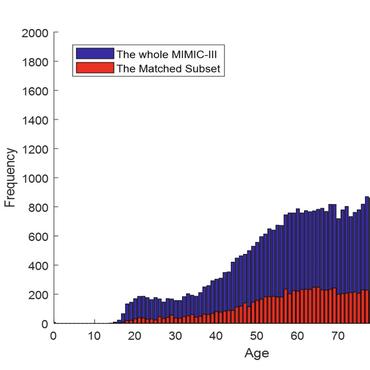Electrocardiography (ECG)
31 papers with code • 0 benchmarks • 2 datasets
Benchmarks
These leaderboards are used to track progress in Electrocardiography (ECG)
Libraries
Use these libraries to find Electrocardiography (ECG) models and implementationsSubtasks
Most implemented papers
ECG Heartbeat Classification: A Deep Transferable Representation
Electrocardiogram (ECG) can be reliably used as a measure to monitor the functionality of the cardiovascular system.
ECG arrhythmia classification using a 2-D convolutional neural network
In this paper, we propose an effective electrocardiogram (ECG) arrhythmia classification method using a deep two-dimensional convolutional neural network (CNN) which recently shows outstanding performance in the field of pattern recognition.
Cardiologist-Level Arrhythmia Detection with Convolutional Neural Networks
We develop an algorithm which exceeds the performance of board certified cardiologists in detecting a wide range of heart arrhythmias from electrocardiograms recorded with a single-lead wearable monitor.
An Open-source Toolbox for Analysing and Processing PhysioNet Databases in MATLAB and Octave
The WaveForm DataBase (WFDB) Toolbox for MATLAB/Octave enables integrated access to PhysioNet's software and databases.
Deep Learning for ECG Classification
The importance of ECG classification is very high now due to many current medical applications where this problem can be stated.
Long-term Blood Pressure Prediction with Deep Recurrent Neural Networks
Existing methods for arterial blood pressure (BP) estimation directly map the input physiological signals to output BP values without explicitly modeling the underlying temporal dependencies in BP dynamics.
Towards understanding ECG rhythm classification using convolutional neural networks and attention mappings
Access to electronic health record (EHR) data has motivated computational advances in medical research.
Anomaly Detection in Time Series with Triadic Motif Fields and Application in Atrial Fibrillation ECG Classification
Considering the quasi-periodic characteristics of ECG signals, the dynamic features can be extracted from the TMF images with the transfer learning pre-trained convolutional neural network (CNN) models.
Blind ECG Restoration by Operational Cycle-GANs
Usually, a set of such artifacts occur on the same ECG signal with varying severity and duration, and this makes an accurate diagnosis by machines or medical doctors extremely difficult.
Comparing feature-based classifiers and convolutional neural networks to detect arrhythmia from short segments of ECG
Similarly, the convolutional neural network scored 72. 1% on the augmented database and 83% on the test set.
 MIMIC PERform Testing Dataset
MIMIC PERform Testing Dataset
 MIMIC-IV-ECG
MIMIC-IV-ECG



